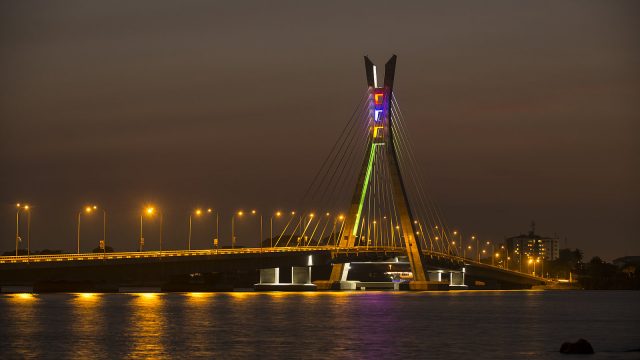By Olufemi Oyedele
Infrastructure provision is at its lowest ebb in developing nations because of dearth of funds and lack of maintenance economy. These infrastructural amenities like roads, farms, housing, security, water, industries, sewerage, dams,
bridges, electricity grid, telephone grid, parks, medical facilities, educational facilities, sport facilities, markets and so on, are necessary for the smooth operation of a community. Infrastructure bridges the gap between people and opportunities for food security, shelter, employment, medical care, education, transportation and security. Sustainable infrastructure like clean energy, sustainable buildings, electric cars and waste recycling plants can help reduce greenhouse gases emission and mitigate climate change.
The impact of shortage of essential infrastructure in developing nations can be reduced by efficient and effective management of the available infrastructure through the adoption of a maintenance economy. People in developing nations must see the maintenance economy as a tool for infrastructure provision and conscientiously embrace it. Infrastructural amenities deteriorate after long years of abandonment and suffer wear and tear after intensive usage without proper maintenance. They have a lifespan like human beings. If not managed properly, their lifespan will be short. Disservice and non-functional amenities are as good as no infrastructure. Adequate maintenance of infrastructure will elongate life and reduce dearth of infrastructure.
Facilities management starts with facility planning and can serve as an essential tool for facilities provision. Communities in developing nations are facing unprecedented economic, social and environmental challenges that make it imperious for the public and private sectors to collaborate in business. Most glaring amongst these challenges is the dearth of infrastructure, especially in the urban areas. The amenities in developing nations are not only inadequate; they are also grossly non-functional due to poor management and decay. For communities to experience strong business growth, essential and functional infrastructural amenities must be available.
Clean environment, functional facilities, concrete roads, steel houses, glass roofs, asphalt pavement, fibre-optic cable and clean energy are the important building blocks of economies. They are the inputs of physical amenities which are needed for smooth running of the economy. Infrastructure enables trade, energises businesses, connects workers to their places of work, moves raw materials from production areas to industrial areas, creates a level playing ground for everybody and creates opportunities to succeed in business and protect communities from incessant natural disasters.
Facility management has been defined as a profession that encompasses multiple disciplines to ensure functionality, comfort, safety and efficiency of the built environment by integrating people, place, process and technology. In April 2017, the International Standard Organisation published the ISO 41011:2017 standard for facility management and defined facility management as the organisational function which integrates people, place and process within the built environment with the purpose of improving the quality of life of people and the productivity of their core business.
Most amenities in developing countries are in a state of decay, disrepair and/or abandonment. The National Stadium in Surulere, Lagos, which was once a cynosure of all eyes, is a shadow of itself now. It has been left without maintenance for years.
The former Minister of Works and Housing, Babatunde Fashola, said Nigeria would require N1.3tn to fix its roads in 2022. This came after a lot of havoc had been caused by the state of Nigerian roads which had decayed, failed and/or been abandoned. Businesses desirous of saving costs of production and improving performance should take the maintenance economy seriously.
Olufemi Oyedele writes via femoyede@yahoo.com
In this article

